Since in my previous life I was a passionate marketer, one of my favorite activities here, especially at the beginning, was checking out the stores, exploring any grocery, small shop, convenience store, market, and supermarket, just for the sake of assessing products available, retail environments and shoppers habits.
I went through the process that bring a new commercial or a new product to life many times, therefore I believe that what is actually hitting the shelf, together with the way it’s advertised, can tell you a lot about population consumption habits and lifestyle, value system, culture, and even sense of humor. And on the other hand, also on what global companies are trying to introduce into such an emerging market, generating new needs and demand for brand new products.
First surprise was that super/hypermarkets account for nearly 10% in Vietnam, since Vietnamese shoppers still prefer to shop at small local stores or at grocery markets early in the morning, having personal conversations with the owners, or sometimes they just buy from street vendors, without even getting off their motorbikes. Hanoi looks like a huge village actually, walking around you see people saying hello to each other or calling out their fellows -“Em oi!”- from a distance. People just don’t look ready for the aseptic experience of a modern retail environment, with endless corridors of shelves packed with plenty of useless variants of each commodity, wrapped in tons of plastic packaging.
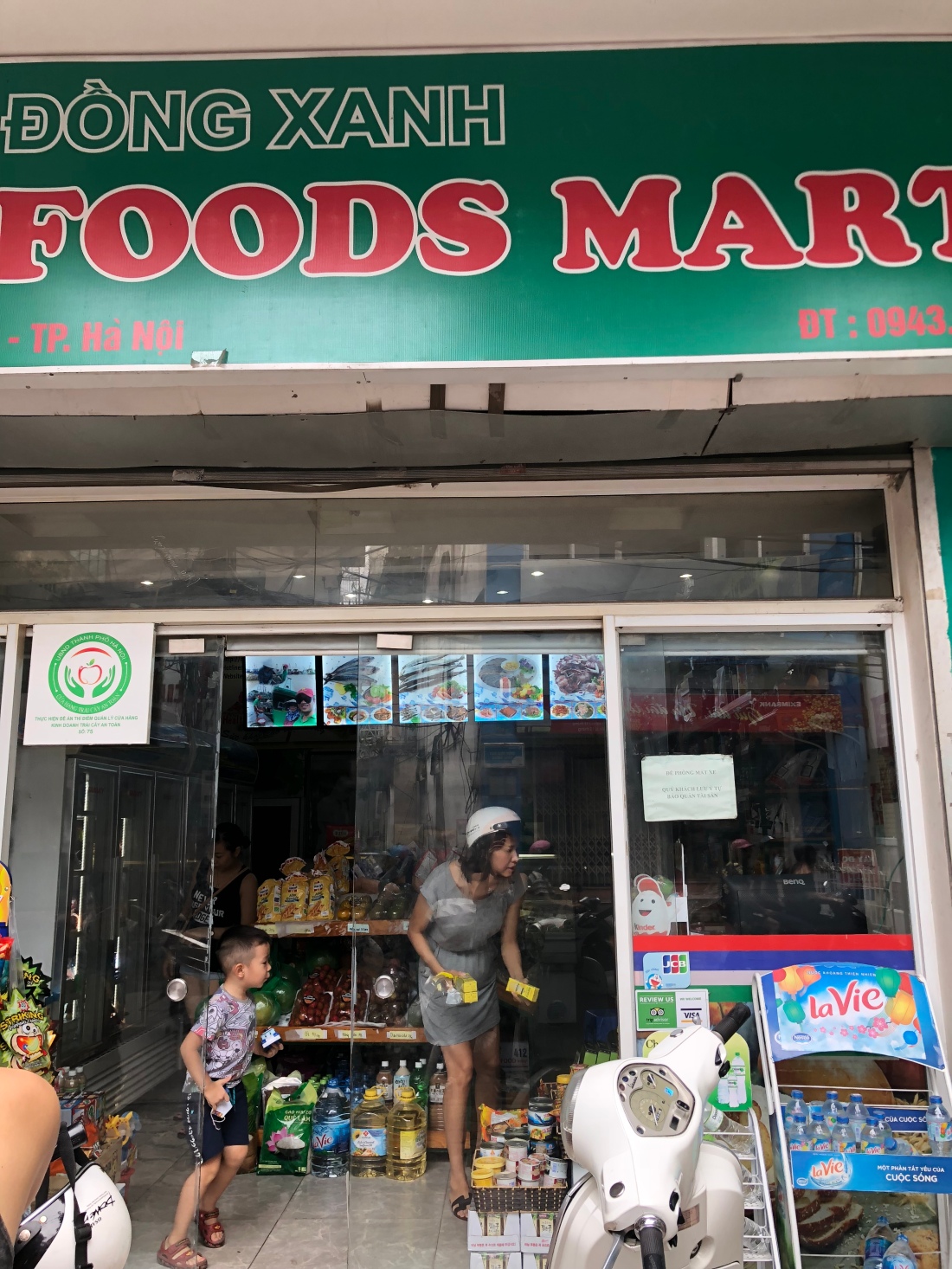
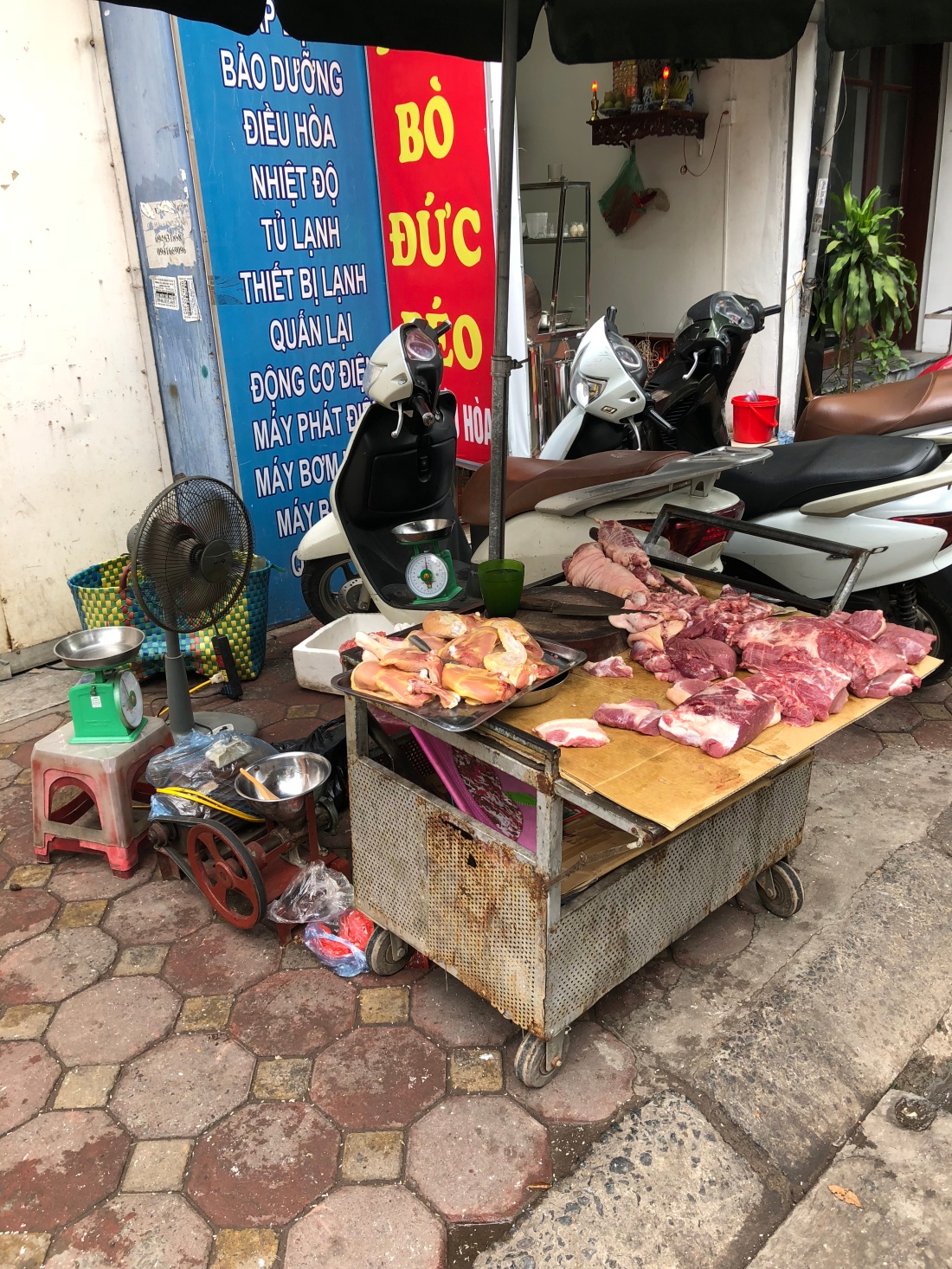
We could argue that global mass brand are still luxury products for Vietnamese people, considering the average salary here, and that Western firms still cannot compete with the traditional trade, where there is no middle men to increase the price. But the thing is that I don’t see them interested at all in this “upgrade” of products and shopping experience.
But anyways, things are moving fast out here: in the last couple of years, the urbanization together with the rise of the middle class, brought the first franchising firms and shopping malls in Hanoi . And it’s impressive how these structures appear like white elephants, soulless and completely disconnected from the environment. And from the population.
I have been to the Royal City Mega Mall, one of the biggest and most luxurious compound which has been built in 2016 on the outskirt of Hanoi, 45 minutes away from the city center, and I was almost scary by the ghostly atmosphere. Yet those huge neoclassical statues featuring racing horses at the entrance should herald a new era of growth and prosperity. But as it turns out, the place was totally empty.
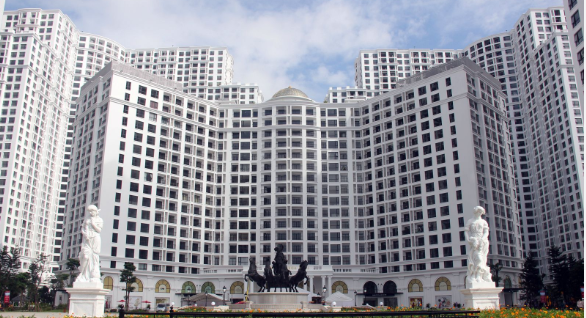
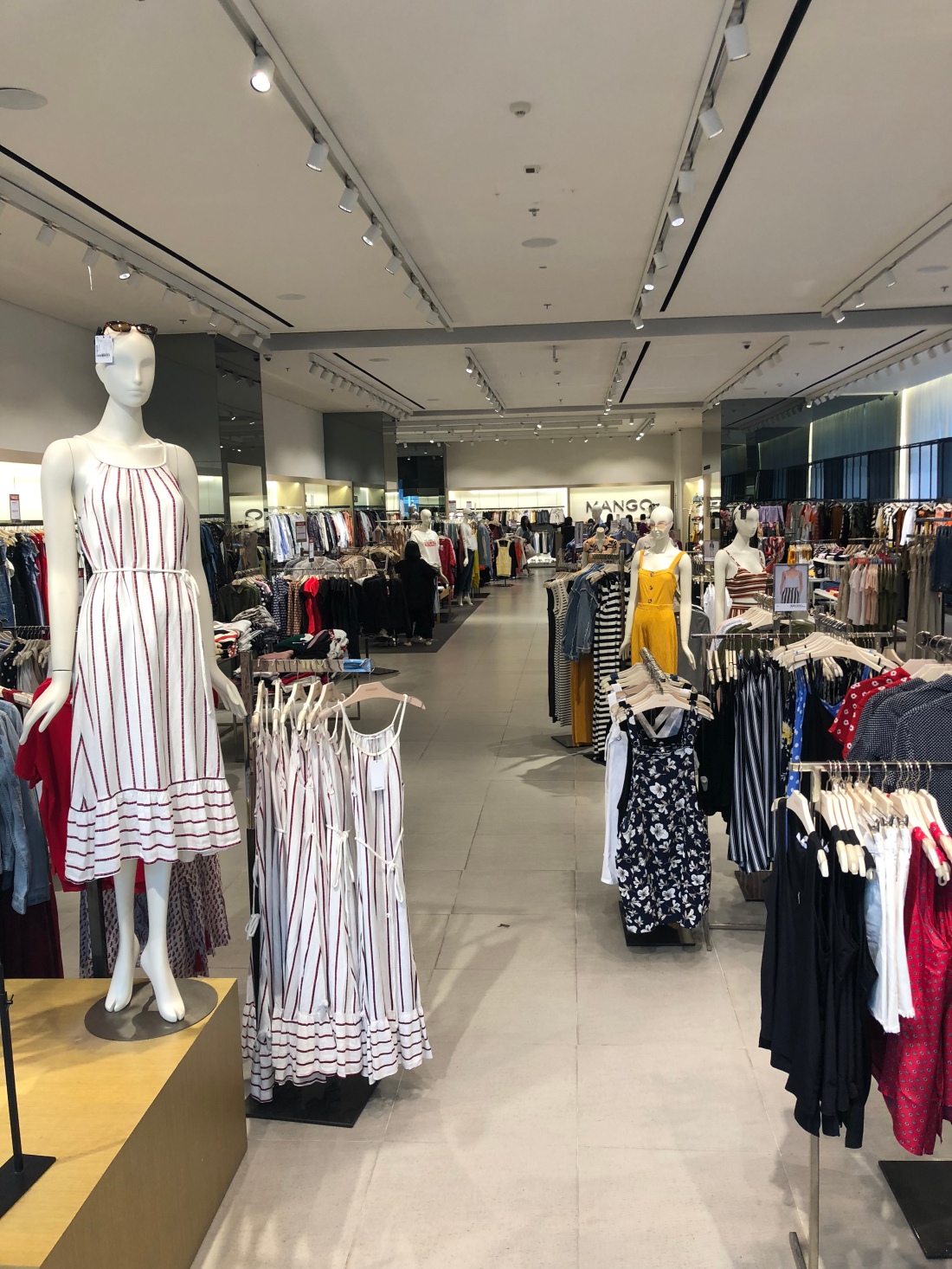
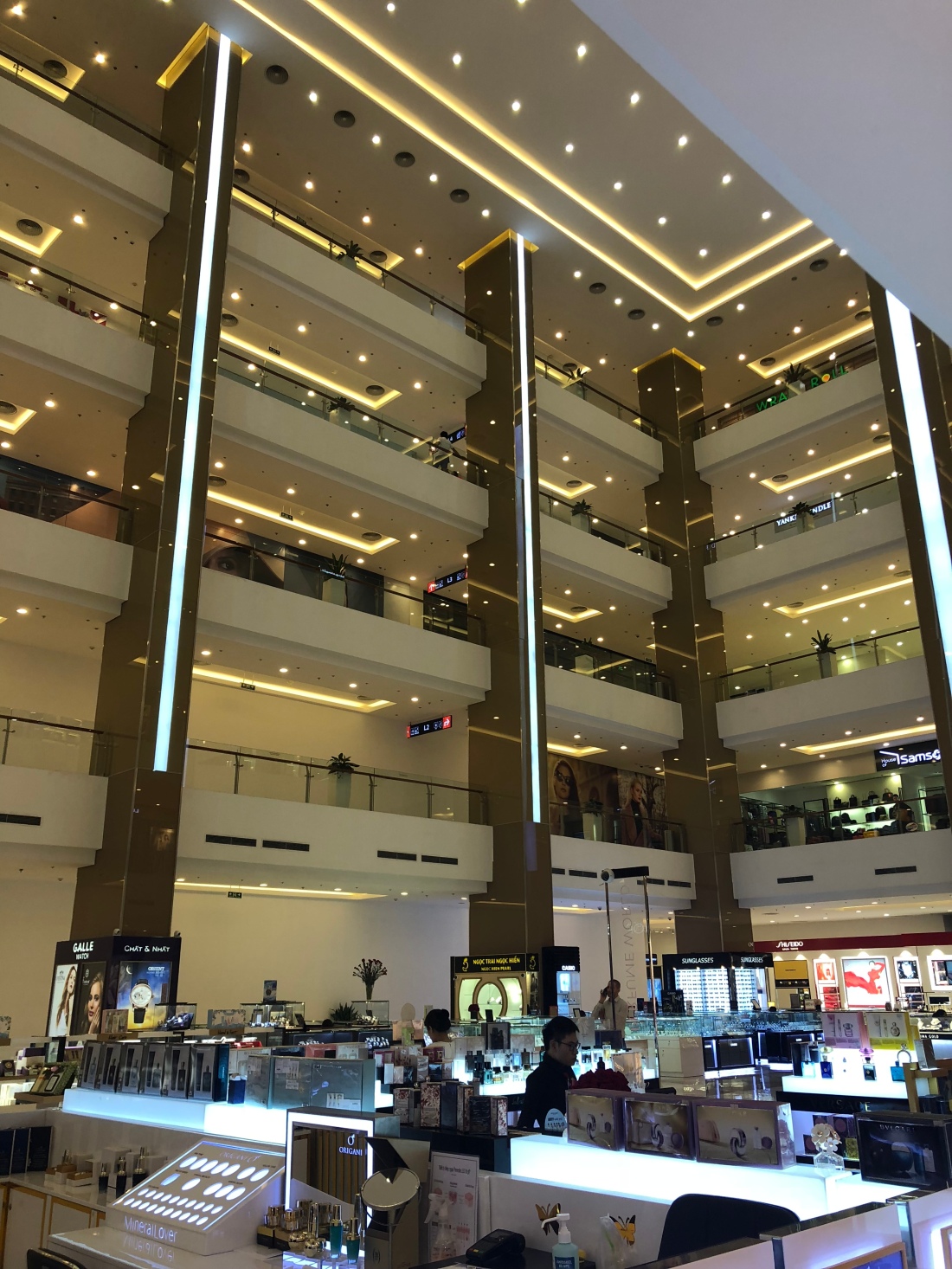
Another eye-sore has just been built from scratch in Tay Ho, literally in a blink of an eye. Every morning I pass by the building and I am exposed to new awfulness: new columns, new marble panels, new golden capitals, new luxury decorations, a new piece of the body for the glorious statue placed in the facade…
Now bidding is open for the big players to secure the best spot for their shops within the building, and I am just figuring the queue at the opening…
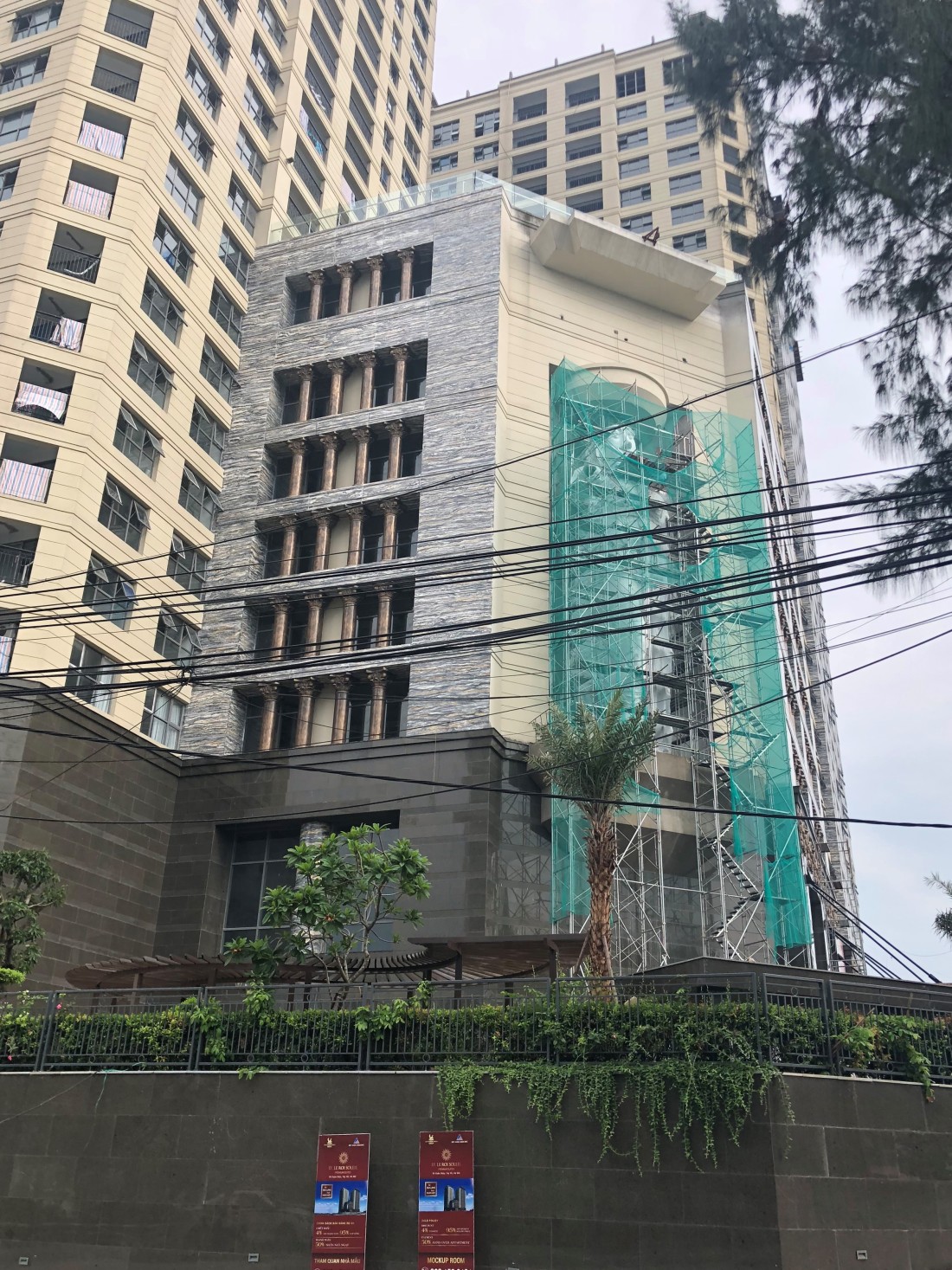
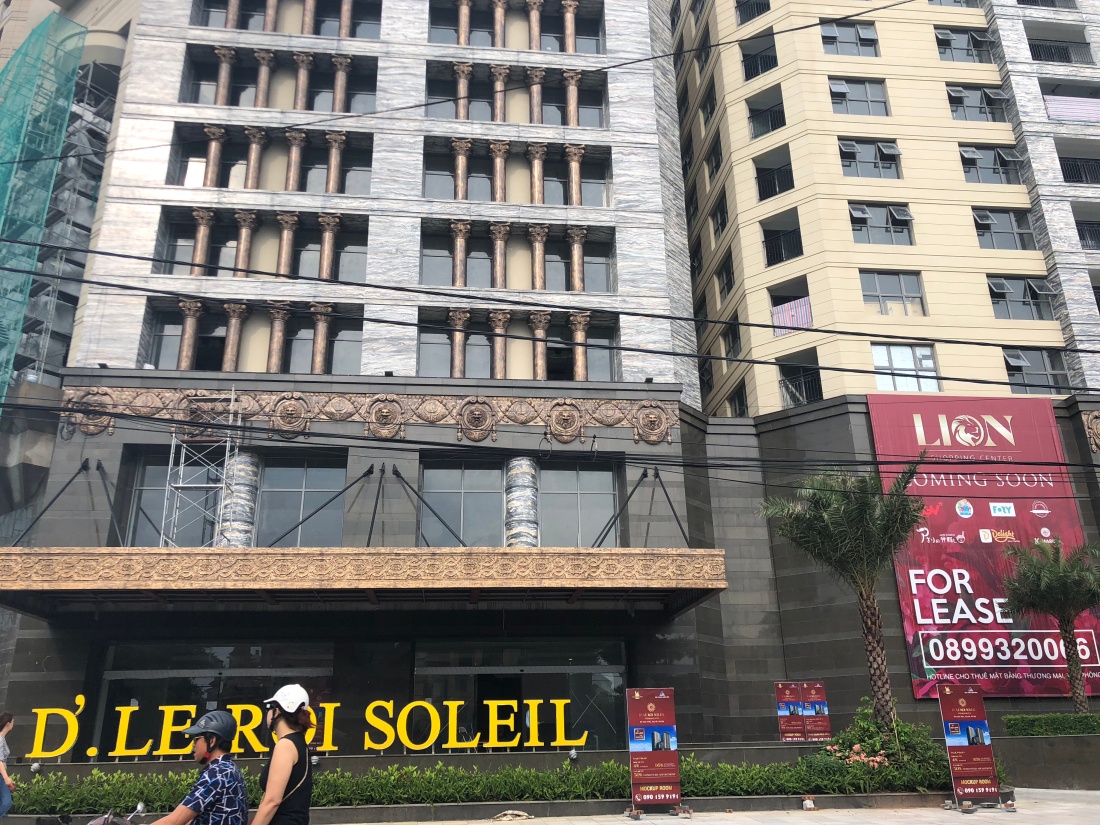
Having said that, for the new comers, these first glimmers of globalization represent a blessing, considering that the combination of cultural factors and shopping habits make pretty tough to find even the most basic stuff in Hanoi. I had to visit at least 4/5 shops to put together my shopping list, and still with some missing items at the beginning. But luckily I found my solace in walking through the aisles of the supermarkets and discovering a bunch of products that I have never seen before, being even more intrigued by Vietnamese versions of global products, and figuring the ratio behind those adaptations. Not to mention the advertising: I was mesmerized by TV commercials, with all those jingles, 80’s style dances and humanized animals.



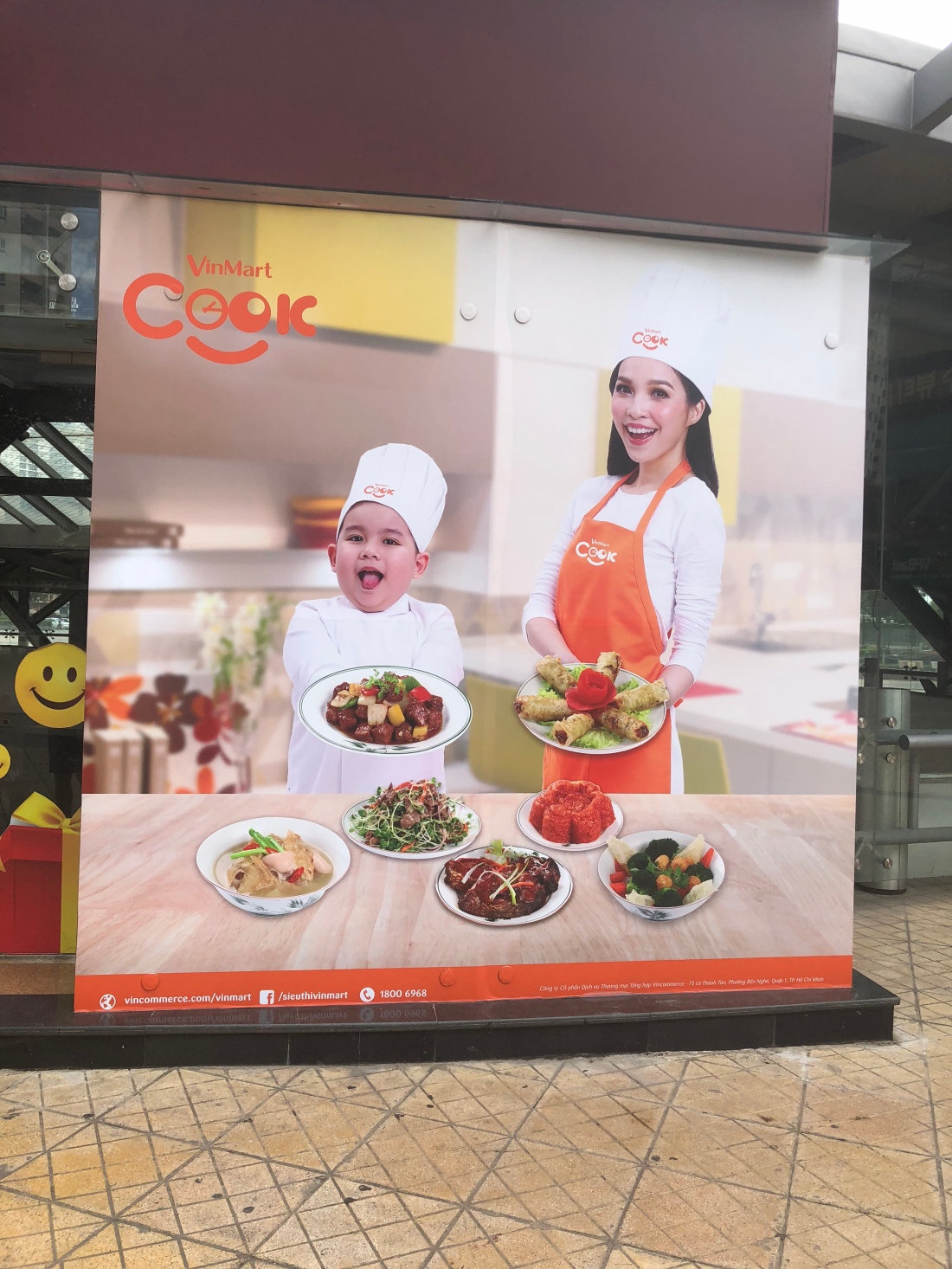
In Vietnam, there are still whole categories of basic products that people seem unaware of, and markets that companies should create from scratch: my colleagues, that are young, graduated and have a steady and well paid job, don’t see the point in taking a pill when you have your period, or a pain killer for the headache. I was not able to buy some basic stuff at a pharmacy, and I asked one of them to come with me to the shop, since the pharmacist didn’t get what I meant for “aspirin”, and non-prescription drugs were not on display. In the end they had to dig among the untouched stock to find my OTC products, and I paid 1/10 of the European price, for the same thing, just with a less sophisticated packaging!
Can you imagine the market potential, in a country of 100 million people? How long will it take before pharma giants will start to brainwash these people in order to convince them that they need that pill to feel better? Are they doing the job already, without succeeding?
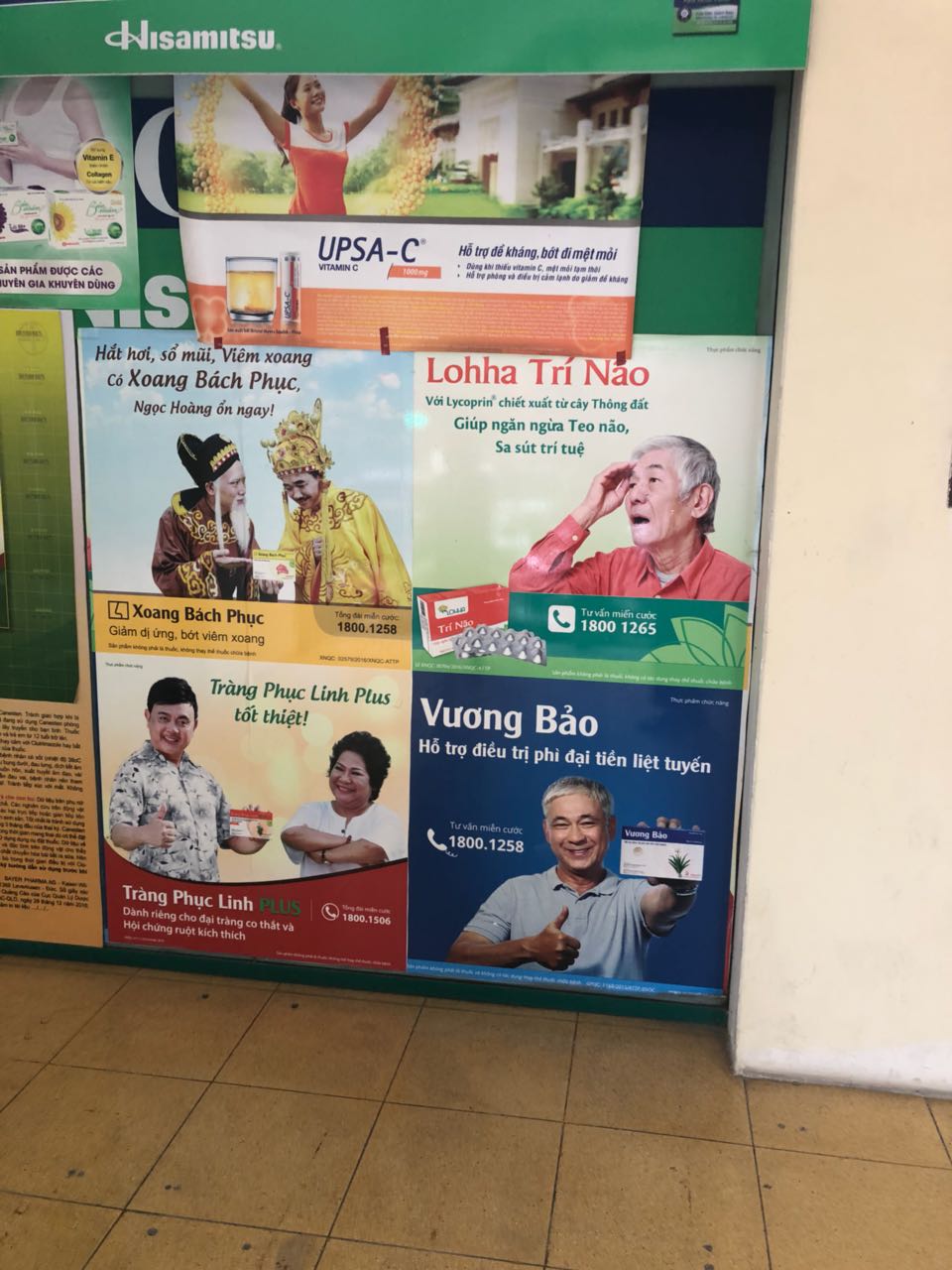
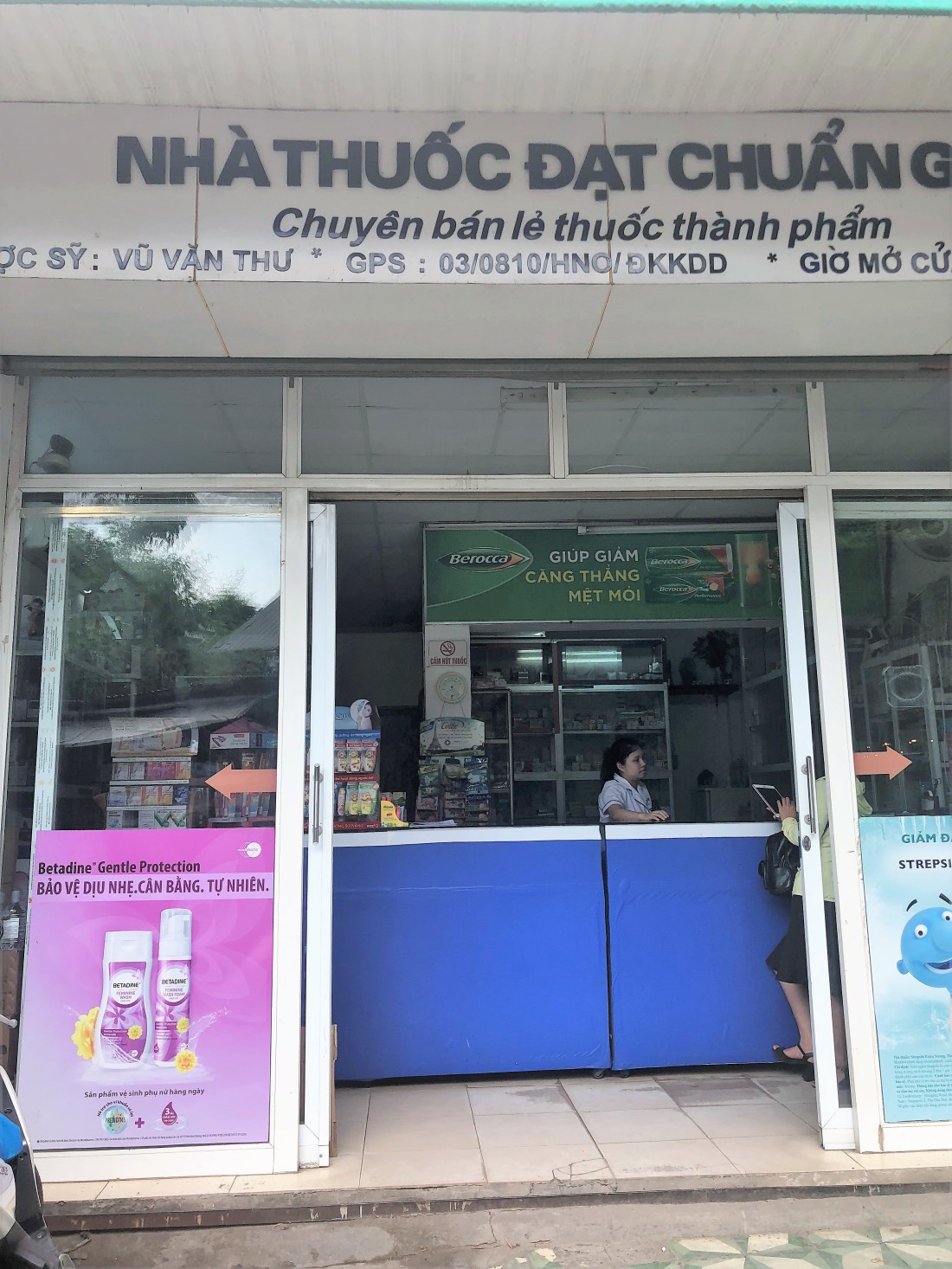
Actually Vietnam is a hot country for every business today, and top players definetely identify this market as a high-potential one, especially when it comes to fast consumer goods. And that’s not hard to believe.
In fact, from what I’ve seen in Europe, almost every consumer goods category is basically saturated, and companies are just stealing market share from each other, but there is no more room to really enlarge the cake. Over the last years, consumer marketing was mainly about micro-segmentation, that brought to life a plethora of new variants based on flavors/ flowers/ fruits/ smell/ less or more something/ useless benefits and hundreds combinations of them, and just few remarkable innovations. Maybe it’s just because after 30 years there is not much more to say about a shampoo, or the existing and acceptable flavors and textures of a toothpaste have just been all explored. Neither there is a significant incremental group of new consumers willing to buy those products or to intensify the frequency and the occasions of consumption.
On the contrary, Vietnam is still a green field from a marketing perspective. I am glad that moving to this side of the world, I am basically 20 years back in time to see whether and how all these bullshit will find their way into the market. And how top companies will try to make them appealing to these new consumers, developing brilliant creative ideas for their marketing campaigns.
I have 4 years ahead to closely monitor the process, but my gut feeling is that the history is not written. This country is quite unique for so many reasons, and I am not sure that there will be a smooth, nor fast transition to consumerism as a straightforward result of GDP growth. Who knows, maybe Vietnam will give them a run for their money.
1. Developed based on a consumer insight, and combining this with what they have ready in their global portfolio or it’s more profitable to produce and launch in a market of course. And this is why I found this job so fascinating.
2. It’s an extreme simplification and I know the topic is quite controversial and involves many other tools of what is called “marketing mix”, plus the profitability of the business, which is always what is leading a company. If anyone has a Marketing job to offer, at your disposal for further discussions!